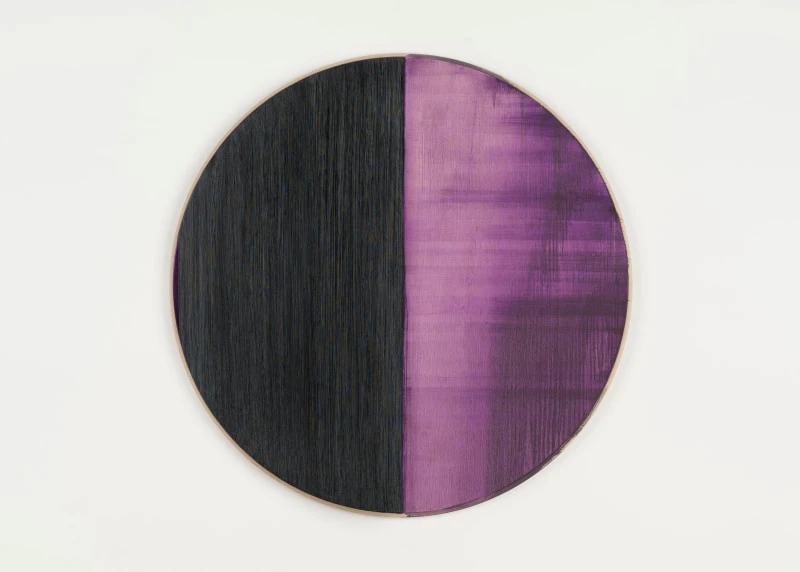Callum Innes
19 May-1 Jul 2023
PV 18 May 2023, 6-8pm


Frith Street Gallery is delighted to announce an exhibition of new paintings by Callum Innes. This is the artist’s tenth solo show at the gallery.
One of the most respected painters working today, Innes’s practice interrogates the qualities and possibilities of oil paint. He is known for luminous abstractions which expose the fundamentals of painting: pigment, surface and space. Moving between the solid and the seemingly permeable, his works invoke a dynamic conversation between presence and absence. Through this uniquely spare vocabulary Innes achieves a vast range of atmospheres and effects.
Innes works in series, allowing processes to build upon each other and gradually evolve. He makes several kinds of painting at the same time, each discreetly different yet informing and reflecting upon the others. The Exposed Paintings and the Untitled series exemplify his technique of creating a play between addition and removal. In these works, successive layers of oil paint are applied to the canvas, which is then entirely covered in black. This in turn is removed by repeated washes of turpentine dissolving paint from part of the surface, here leaving all but the faintest veil of slightly striated pigment. The remaining black part of the canvas is then painted with another colour, resulting in a luminous, shifting surface that evokes different registers of colour, surface and even time.
Shown alongside the traditionally rectangular works are pieces which take, for the artist, a completely new format. Described by Innes as 'Tondos' (an art historical term for circular paintings) these have been developed over a period of two years. They are made using heavy, round plywood panels and while the methodology of their creation is broadly similar to other works, their making requires an entirely different interaction with the hand of the artist. Unlike canvases their surfaces are rigid rather than giving, requiring a different approach to the application of paint; some are gessoed prior to painting while others are varnished which causes the paint to react in very different ways to the works on canvas. The circular format also demands an altered physical engagement, abandoning the clearly defined straight edge of the canvases. The sides of these new pieces are important in a new way, slightly bevelled they give the feeling of expansiveness, of moving outwards. For Innes, this is intrinsic to experiencing the Tondos and canvases together: ‘The physicality of the work has changed a great deal – it is much more of a physical act, a moment in time, than before.’